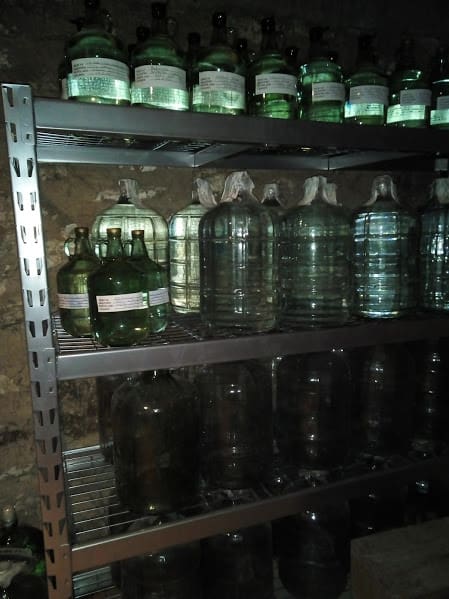
I get a lot of inquiries about how to visit palenques while in Oaxaca and I am quick to recommend different kinds of experiences depending on what people are looking for. We have a standing guide to tours and I am happy to add a new one to the list – Mezcouting from Andrea Hagan. She’s got a great background in food sovereignty and in her years in Oaxaca has worked with the University of Vermont, Susan Trilling, and Mezcaloteca. She’s crafted her tours, like the others we recommend, on the relationships she has developed in different communities thoughout her years here. You want hands on traditional cooking classes – with deep dives into milling and processing and masa making with your mezcal visits – this is your person.
I always tell people that mezcal found me through food, and this was how Andrea and I really got to know one another several years back. She is a food nerd like me and really wants people to understand the culture and anthropology behind the comal, and how that plays out with mezcal. This is not unlike Omar Alonso’s Oaxacking project that explores the rich art and history in Oaxaca and how that interacts with mezcal. So when Andrea asked if I wanted to go out to Miahuatlan one day and check out the newly certified Mezcalosfera palenque and ranch, I jumped.
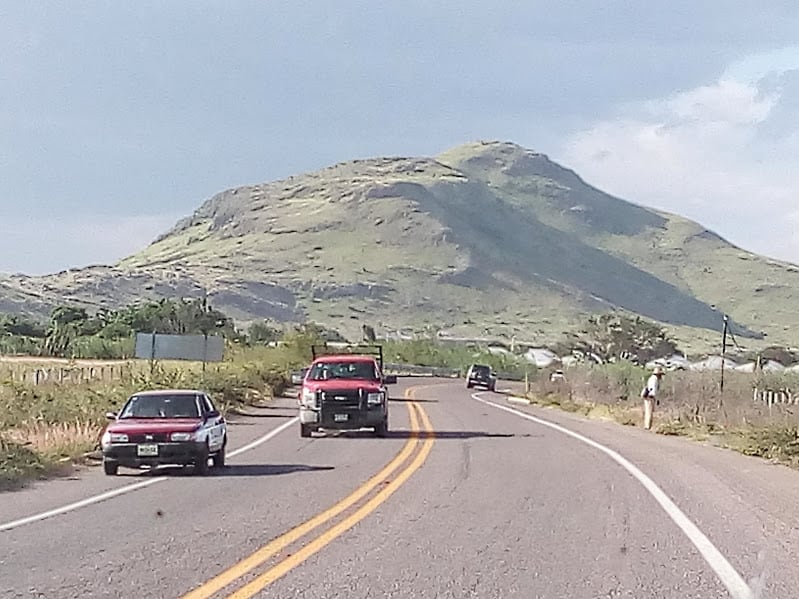
I love the ride to Miahuatlan, never more so than at this time of year. The hills are verdant and the valleys are overflowing with quickly growing corn and beans. You see fields dotted with oxen pulling ploughs, and water flowing in usually dry arroyos. It is no exaggeration to say the land smells alive. We stop just outside of Ocotlan for breakfast and meet up with the second carload of folks going with us – Marco Ochoa of Mezcaloteca and a group of his friends from Mexico City. There is lots of lively conversation about sustainable food, GMOs, and different kinds of farming projects happening throughout the state.
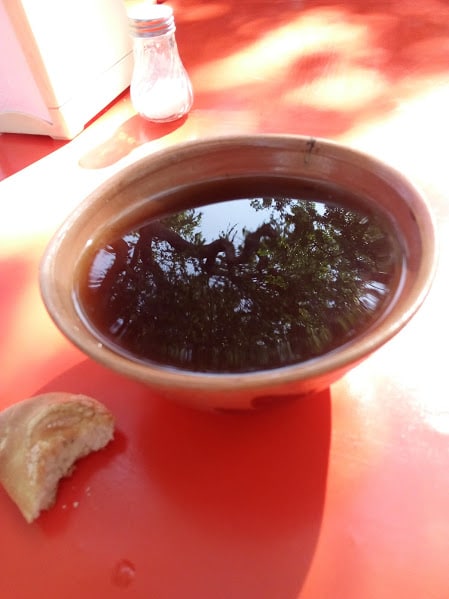
Fortified, we continue onward. Nothing in Oaxaca is all that far in kilometers, but it still takes a while to get anywhere, even on this major road that heads through the mountains and to the beach. It is a road of benign neglect, and as you get further from where the super carratera to the beach is supposed to start, the more neglected it can feel with sudden crater like potholes appearing out of nowhere. Rumor has it there are only 14 uncut kilometers that would connect the two sides of the superhighway being built. It would feel almost like the great race in building the railway west, when the two building lines finally meet, except that would imply there is building happening, and the work completed 5 years ago now sits in disrepair. It will not be finished this year.
As you move closer to Miahuatlan, the earth becomes more rocky and chalk like, and karwinskiis – bicuixes, madrecuixes, tobaziches – dot the landscape as do fields of espadin. We turn off before we hit the main part of the town, and drive on a paved road through more fields that show the important balance of how corn, beans, and maguey need to grow together: Rows are varied to maintain the soil’s health and, most importantly, to support family income. We suddenly start approaching a huge industrial looking complex that is, in fact, the new super maximum federal prison. The government bought up land on the pretext that a military base was being built, only after the fact was it learned that it was actually for this purpose. It is gigantic, at least 5 football fields, with giant cement walls, guard towers every 40 feet, and lots and lots of barbed wire. It is rumored that El Chapo’s son is there, but supposedly the government moves high profile criminals around a lot to lessen the chance of escape due to outside assistance. We continue on, the road weaving and going up and down until suddenly, the pavement ends and we are on a dirt road. There seems to be no rhyme or reason to why cement ends when it does, it just happens.
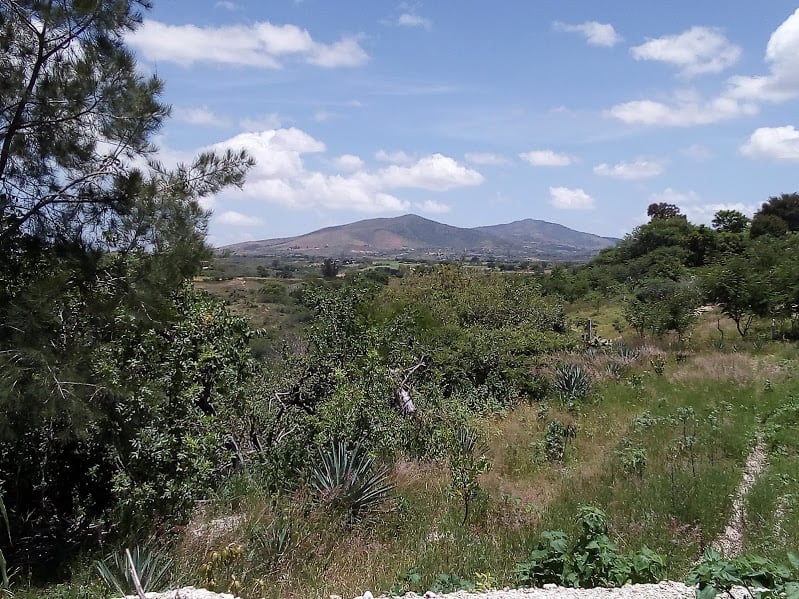
We eventually arrive at the ranch and there is lots of activity. In addition to the new palenque, there is a new bodega being built. It is beautiful and peaceful and sits on a ridge looking over the valley. Two buildings face each other, one that has the indoor and outdoor kitchen, the other that has sleeping quarters. There are covered patios and a light wind blows, helping move the bugs from our faces and providing some much needed air. It is hot. This has been a project of love and years, and Marco has great plans for it to be as self sufficient as possible with wind and solar panels, and a super cool water filtration system at the palenque. It is a guest ranch and is the perfect getaway for anyone wanting to relax amongst the magueys and palenques that are scattered around. This is family property, and Marco’s two uncles are neighbors and help supply delicious mezcal for Mezcaloteca.

Andrea takes me up to the new palenque, which will eventually incoporate all the different processes of making mezcals that are sold through the Mezcalosfera brand. This includes different sized hornos for different production runs, wood fermentation tanks that will eventually be joined by stone fermentation tanks and cowhide fermentation tanks. The wood tanks are on wheels so that materials can be easily transported from the crush area (tahona for now, mallet to come) to fermentation area to distillation area – now just copper but with clay soon to be installed. It is open and stylistically simple and oh so elegant. This is Mexican functional design at its very best and I have to say, gives Italian design a run for the money.
Water from the stills is pumped out and through granite rocks along with a rainwater capture system that leads to two huge cisterns that are buried in the ground. The fields around us are planted with that same mix of karwinskiis, espadin, corn, and beans. A yellow flower coats the ground, think fields of Napa covered with mustard. Marco’s friends have brought a drone with them, and are practicing their filming and directional skills. Clouds move over head, it is clear it is raining in the higher mountains. We walk over to see one of the other palenques. It is not operating this time of year and won’t start up again till September maybe. We hike to show Isaiah what tepextate looks like, but it is surrounded by green brush that has been fueled by the rains and its giant pencas look like needles.
We go back to the ranch, and to the beautiful mezcal cave under the current bodega that houses a private collection of mezcals- it is so humid and fetid that we don’t last long. Finally we sit down at the big farm table, with bottles of mezcal, a jarra of agua de limon, and bowls of salsa en huevo, a super simple country dish of black beans and scrambled eggs that have been “fried” and then bathed in a sauce of chilis and tomato. Everything in front of us is the epitome of farm to table.
We leave well before dark, looking to outrun what appears to be a huge storm moving in. We see big rain in the distance but it never quite touches us and we make it back to the city unhindered by bloqueos or bad traffic.

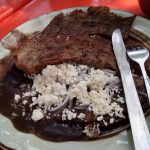
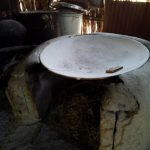
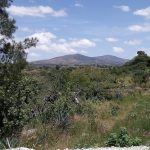
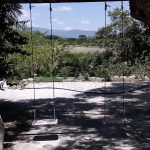
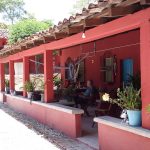
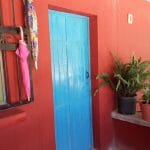
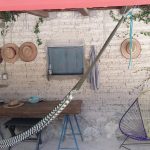
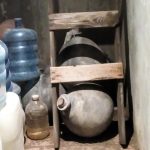
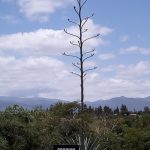
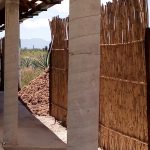
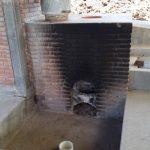
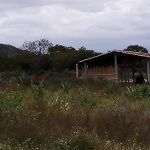
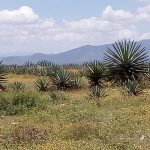
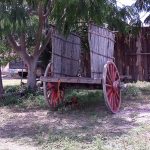
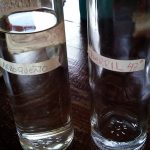
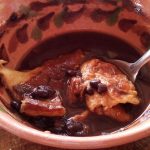
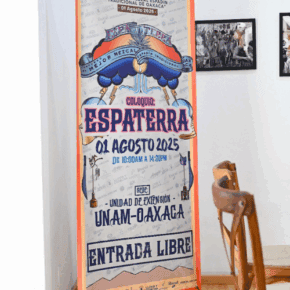
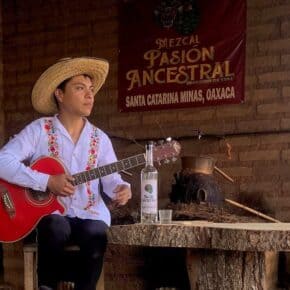
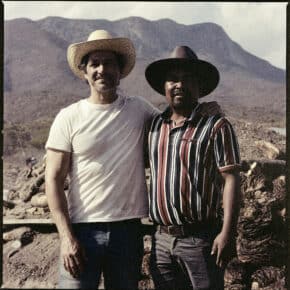








Hi We are a group of 3 adults visiting Oaxaca December 24 25 and 26 We wanted to do a 1 day Mezcal tour Could you sen me deails, costs,etc We also want to do a 1 day tour outside Oaxaca. Thks
Hi Shiv,
Sorry if we didn’t respond before this but make sure to contact the people in our post on tours.
Max
Hi,
I am interested in a 1 day tour around Monday, July 16th? If available could you share a little about itinerary and cost?
Cheers,
Michael
Hi Michael –
We don’t actually do the tours ourselves but feel free to reach out to any of the people listed on this page on our website – http://mezcalistas.com/finding-the-perfect-mezcal-tour/. Let me know if you have any other questions – susan@mezcalistas.com